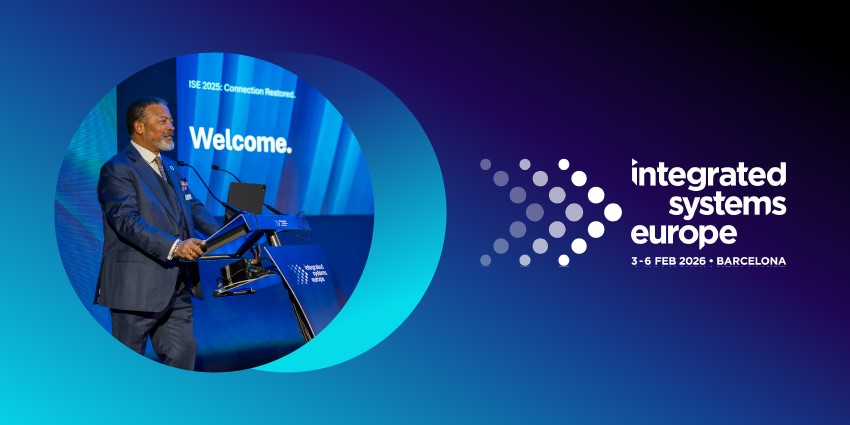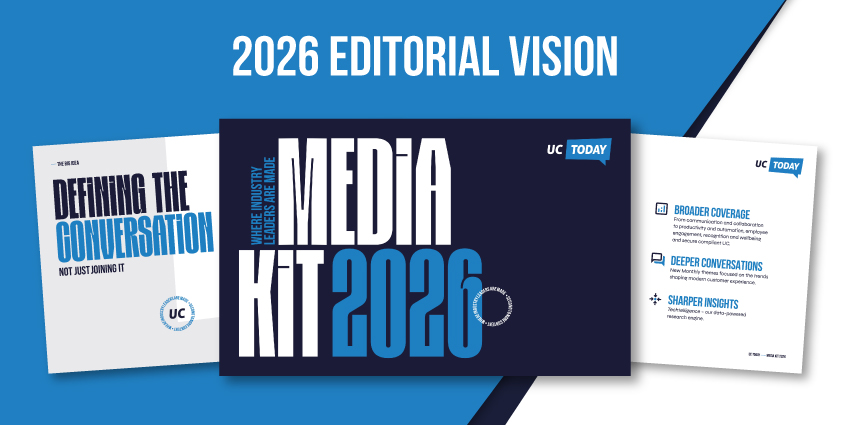Microsoft is riding high today as it recently revealed quarterly profits soared by almost 25%, reaching $27.2 billion and pushing its market valuation close to $4 trillion.
It’s no surprise that the primary engine behind this financial performance is the red-hot interest in AI. Microsoft attributed the explosive growth of its cloud computing business, particularly Azure, and its integration with AI technologies, as crucial to this success.
For the first time, Microsoft disclosed revenue specifically from its Azure cloud computing unit. Revenue for the fiscal year ending June 2025 reached a record $75 billion, a 34% increase.
The cloud division alone posted $46.7 billion in revenue during the recent quarter, up sharply from the same period a year earlier.
Microsoft has invested in AI-optimized data centers equipped with advanced NVIDIA Grace Blackwell systems. These facilities rank among the world’s most sophisticated environments for training and running AI models, enabling Microsoft to support large-scale AI workloads more efficiently and cost-effectively.
Following this quarter’s success, Microsoft CFO Amy Hood announced a planned increase in data center investment, forecasting $30 billion in capital expenditures in the three months to September.
With constant news and developments about Microsoft, it can be difficult to pinpoint the specific success of this past quarter. However, we examine some of the biggest announcements that help explain what has excited its customers.
Technological Innovations Cement Microsoft’s Market Leadership
Microsoft made notable advances in its push toward next-generation AI by introducing multi-agent orchestration in Copilot Studio. This allows multiple AI agents to collaborate by delegating tasks and sharing results.
The technology enables enterprises to orchestrate complex workflows across Microsoft 365, Azure AI, and Microsoft Fabric, fundamentally transforming business process automation. It also supports interoperability with third-party AI agents through an open protocol, allowing organizations to build interconnected AI solutions across multiple systems.
Azure AI Foundry complements this by providing access to over 11,000 AI models, with capabilities that let enterprises fine-tune them using their own data. This “Bring Your Own Model” approach allows businesses to develop highly context-specific AI agents, improving productivity by fitting tightly within their unique operations.
Such customization increases the relevance of AI applications, ensuring they deliver measurable business impact and drive adoption across diverse industries.
In addition, Microsoft introduced a model router within Azure AI Foundry that automatically selects the most appropriate OpenAI model for each task, balancing cost and output quality. This refined model management enhances customer experience by optimizing performance while controlling expenses.
Operational Efficiency Amid AI Expansion
Microsoft’s rising profits and spending on AI-driven cloud growth coincide with internal cost-cutting and optimization efforts.
Recent workforce restructuring led to layoffs affecting approximately 9,000 employees, primarily in sales and marketing roles. While these moves reflect a focus on operational efficiency, they also demonstrate attempts to maintain or improve profitability as Microsoft scales its AI business.
Microsoft is also reportedly mandating staff to use AI in a bid to enhance efficiency company-wide. The company said AI helped it save over $500 million in its contact centers last year and appears to be working to replicate that cost efficiency success across the business to meet its growing investment in AI and cloud.
Integrated AI Ecosystem and Market Outlook
What sets Microsoft apart in the competitive AI and cloud market is its comprehensive ecosystem that tightly integrates AI technology into widely used business tools.
Unlike companies with standalone AI products, Microsoft leverages its extensive enterprise software portfolio, embedding AI capabilities directly into everyday workflows via Microsoft 365’s Copilot and Azure AI Foundry.
This deep integration creates a stickiness effect: businesses increasingly rely on AI-driven productivity enhancements built into Microsoft’s environment, raising switching costs and strengthening customer loyalty.
For example, Barclays Bank announced it will roll out Microsoft 365 Copilot to 100,000 colleagues, following a company-wide Teams rollout.
The company’s ability to invest heavily in cutting-edge infrastructure and deliver practical, customizable AI solutions has uniquely positioned it to dominate a market demanding turnkey AI solutions.
The projected jump in capital expenditure to $120 billion next year underscores Microsoft’s commitment to maintaining its leadership amid surging global AI demand.
This scale, combined with broad enterprise adoption and continuous innovation, is likely to sustain Microsoft’s momentum and justify its soaring valuation.







